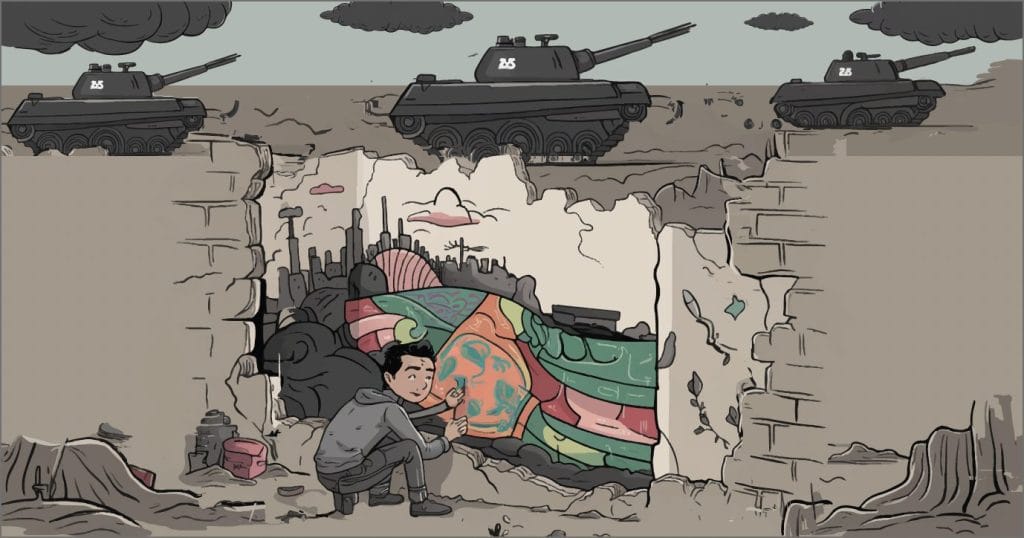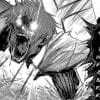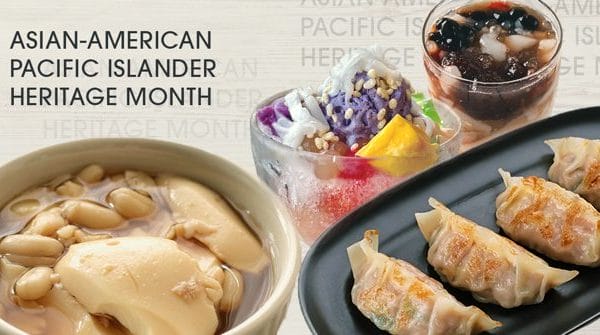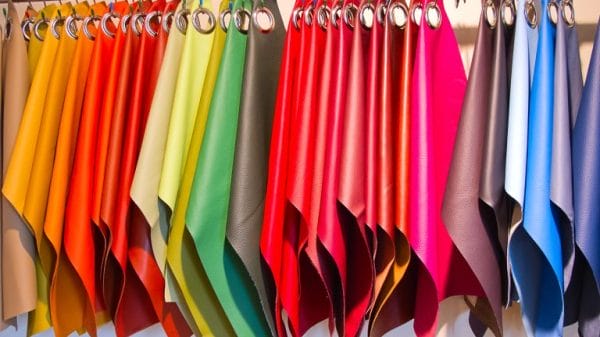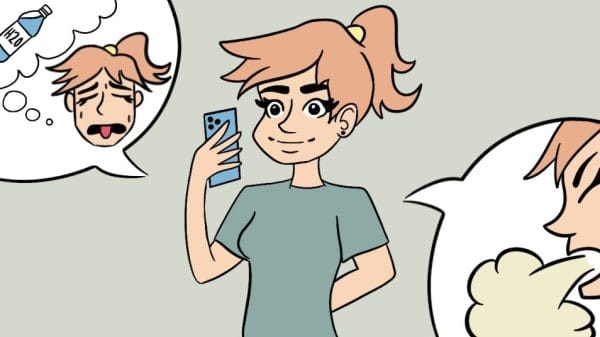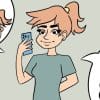The Gaza Strip is a densely populated territory that has been under the control of the Islamist militant group Hamas since 2007. In response to Hamas’ attack on Israel, Israeli Prime Minister Benjamin Netanyahu has sent military forces into Gaza. He has initiated three weeks of airstrikes to be followed by a complete siege. This means that no food, electricity, or fuel is allowed to come in or out of Gaza.
The people of Gaza are in crisis. They are under constant siege and in desperate need of food, water, and refuge. Yet, though their buildings have been destroyed, their creative spirit has not. Through art, the people of Gaza have communicated their struggle and reflected upon collective Palestinian trauma. Below is a series of poets, writers, and artists working from within or writing about Gaza.
Nasser Rabah
Nasser Rabah is a Palestinian poet born in Gaza. He’s published five poetry collections and a novel in Arabic, some of which have been translated into English. One of those poems is ‘Heart with Windows but No Doors,’ translated by Salem Razzouk and Philip Terman:
I saw a cloud running. I followed it till I lost my home.
I saw a road descending, I gave it a rifle, and returned
without legs. I saw a lost woman draping on her fingers
the clothes of the wounded. I stoned her with a stone of weeping. I saw
songs pouring from a pale Mirror and I got tired,
I slept. Who cares about a mirror in sleep! Who
cares for singing when returning pale because of war?
Nasser Rabah, ‘Heart with Windows but No Doors’
As a poet, Rabah pauses on the individual so often cast aside as we report on scenes of mass destruction. Rabah shows us that there is love and connection even in times of great darkness.
Heba Zagout
The Palestinian artist Heba Zagout was shot and died alongside her two children in an Israeli air strike. Before she was killed, she released a video speaking about her paintings of Jerusalem’s holy sites and Palestinian women in traditional embroidered dress.
I consider art a message that I deliver to the outside world through my expression of the Palestinian cause and Palestinian identity.
Heba Zagout
Rawan Hussein
The poet Rawan Hussein defines writing as ‘a cure for survival’ in this time of war. Hussein communicates the necessity of humankind ‘to empty in any form, whether by dancing, singing, drawing, sculpture, shouting […] but I write.’ Her work brings to life the grief at the core of the conflict in Gaza.
Within the ruins, the image holds its breath,
The last tableau, the face of ultimate death,
Etched on our souls, in eerie grace,
A painting of terror, a shadowed embrace.
Tonight, solitude’s path we tread,
We weave time’s threads upon our head,
Devour the fear the young mouths spew,
Yet who devours our hearts so blue?
Rawan Hussein, qtd. in Al Majalla
Hiba Abu Nada
Hiba Abu Nada was a 32-year-old Palestinian poet and novelist. Abu Nada was killed alongside her son in her home in South Gaza by Israeli airstrikes. She published one novel, Oxygen Is Not For The Dead, which is currently only available in Arabic, but many call for its translation.
One of the last pieces she composed was ‘I Grant You Refuge’, written on October 10, 2023, just ten days prior to her death. Thankfully, Huda Fakhreddine has translated the poem into English.
I grant you and the little ones refuge,
the little ones now asleep like chicks in a nest.
They don’t walk in their sleep toward dreams.
They know death lurks outside the house.
Their mothers’ tears are now doves
following them, trailing behind
every coffin.
Hiba Abu Nada, translated by Huda Fakhreddine
Mosab Abu Toha
Mosab Abu Toha’s poetry collection, Things You May Find Hidden in My Ear: Poems From Gaza, won him a 2022 Palestinian Book Award. The collection grapples with his identity as a Palestinian and his experiences living under siege in Gaza, first as a child and then as a young father.
His poetry has newfound resonance in the conflict of 2023 as Gaza once again suffers a humanitarian crisis. Writing for The New York Times, Abu Toha reflects upon Palestinian trauma in his recently published essay.
I feel very saddened when I enter my library room on the third floor. I have chosen many books and placed them in order to read before the end of the year. I even counted how many books I have in my room and calculated how many years I need to finish them if I read daily. I need 56 years from now to read the books I have, provided I read 80 books a year. But with every Israeli bombing campaign, with every killing of civilians they carry out, the chance that I will finish even one book in my life becomes very slight.
[…]
On Thursday night, a bomb demolished the building next door to us in the Jabalia refugee camp, where we had relocated. I saw a woman and daughter, alive, dangling from a floor with its walls bombed away. Others were surely under the rubble.
Humanity is under the rubble.
Mosab Abu Toha, The New York Times
Khaled Juma
Khaled Juma is a Palestinian writer. He was born in Rafah and raised in the Al-Shaboura Palestinian refugee camp in the Gaza Strip. His poetry collections, children’s books, and plays focus on the need for compassion in a world of destruction.
Juma wrote, ‘O Rascal Children of Gaza’, during the Israeli bombardment of Gaza in 2014. It highlights the devastating consequences of war on the children living in the Gaza Strip.
Oh rascal children of Gaza,
You who constantly disturbed me with your screams under my window,
You who filled every morning with rush and chaos,
You who broke my vase and stole the lonely flower on my balcony,
Come back –
And scream as you want,
And break all the vases,
Steal all the flowers,
Come back,
Just come back…
Khaled Juma, O Rascal Children of Gaza
Maya Amer
Maya Amer is a Palestinian motion graphics designer and illustrator. She has used the traditional Palestinian art form of cross-stitch embroidery, known as taṭrīz, to visualize the death toll in Gaza. The work has over 8,000 stitches, the colors of which represent the men, women, children, and unidentified persons killed by the Israeli airstrikes since October 7th.
Molly Crabapple
Molly Crabapple is an American artist and writer who has recently contributed to the 2023 Palestinian Festival of Literature. As a journalist, she has reported with ‘words and art’ in Ukraine, Syria, Lebanon, and Gaza. Her essay, ‘The Land Remains’ looked at the lives of Palestinians living in the West Bank and East Jerusalem over May and June 2023, just prior to the outbreak of war in October.
Shuhada Street used to be a lively commercial thoroughfare in the Old City of Hebron. Now it is deserted and choked by checkpoints. After Brooklyn-born settler Baruch Goldstein gunned down twenty-nine worshippers in the Ibrahimi Mosque in 1994, mass protests erupted across the West Bank, and the Israeli government responded by welding shut Shuhada’s Palestinian shops and apartment doors. The government closed the street to Palestinians after the Second Intifada, so that the few Palestinian families who still live there must enter their homes through the rooftops.
Molly Crabapple, The New York Review of Books
Art in Times of War
In an article for Al Jazeera, Abdelhakim Abu Riash recorded ‘small moments of joy’ for displaced children taking refuge at al-Shifa hospital. Thanks to the work of youth activists, these children were able to take part in art activities. Though art is in no way a solution, it is a mode of expression for those living in constant fear.
In the Gaza Strip, where Israel has cut telecommunications, it is even more important that we engage with the artists who are fighting for their right to freedom of expression. Amid conflict, we must remember human life. With thousands killed and the siege continuing, Gaza is in a humanitarian crisis.
Links to Donate
UNRWA: UN Relief and Works Agency for Palestine
British Red Cross: Israel and Occupied Palestinian Territory Appeal


